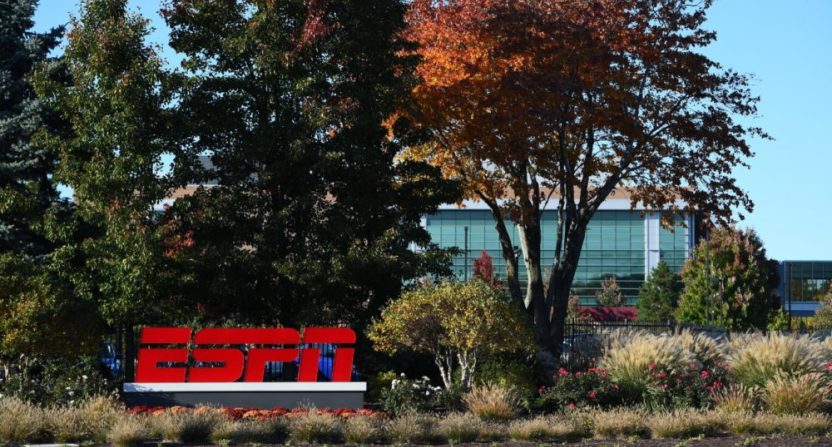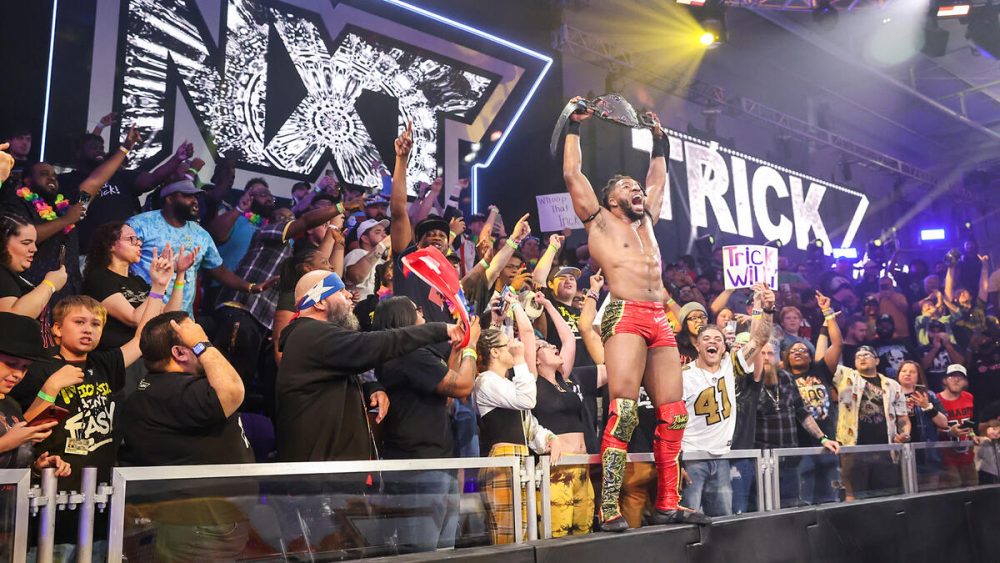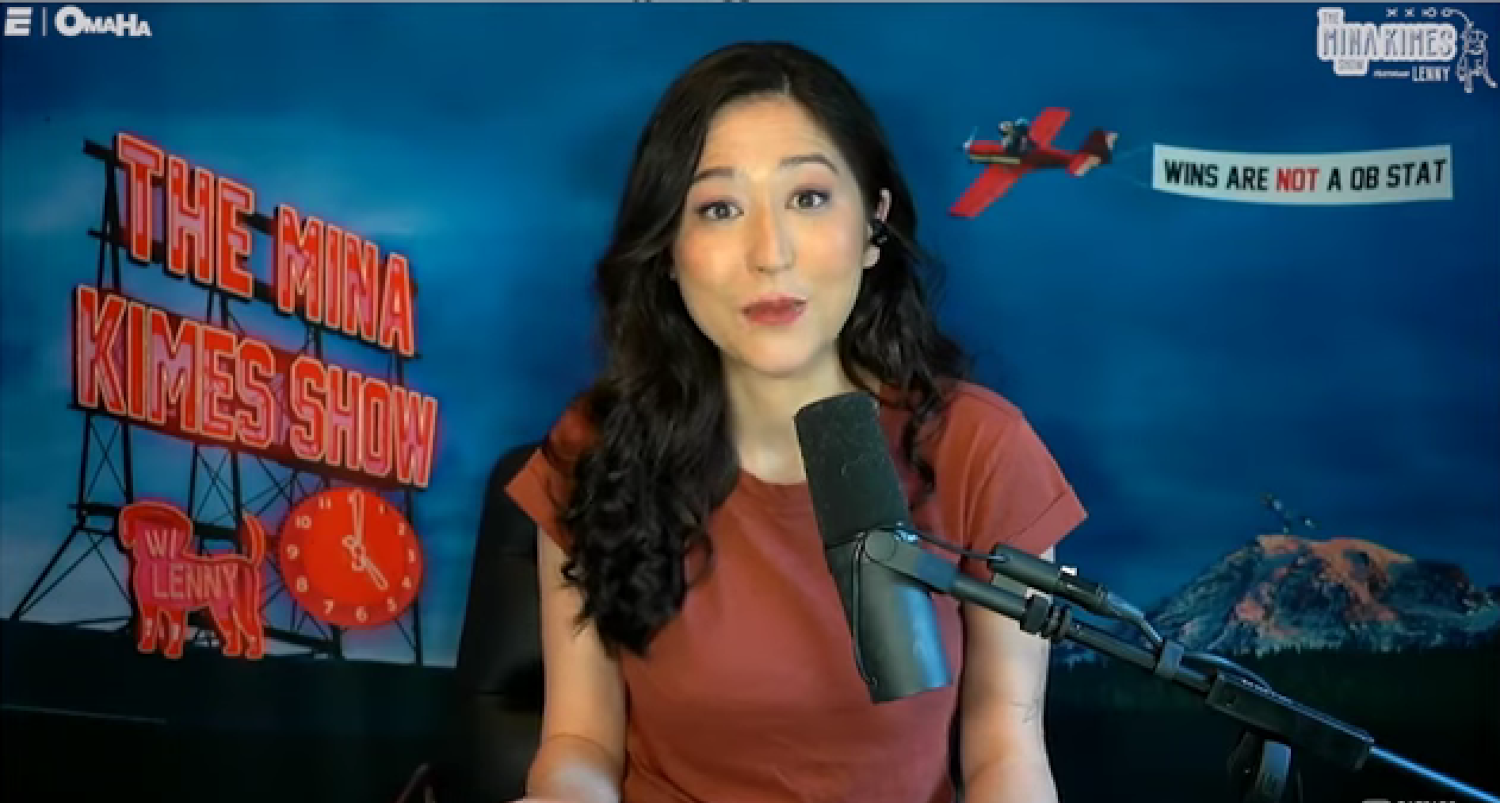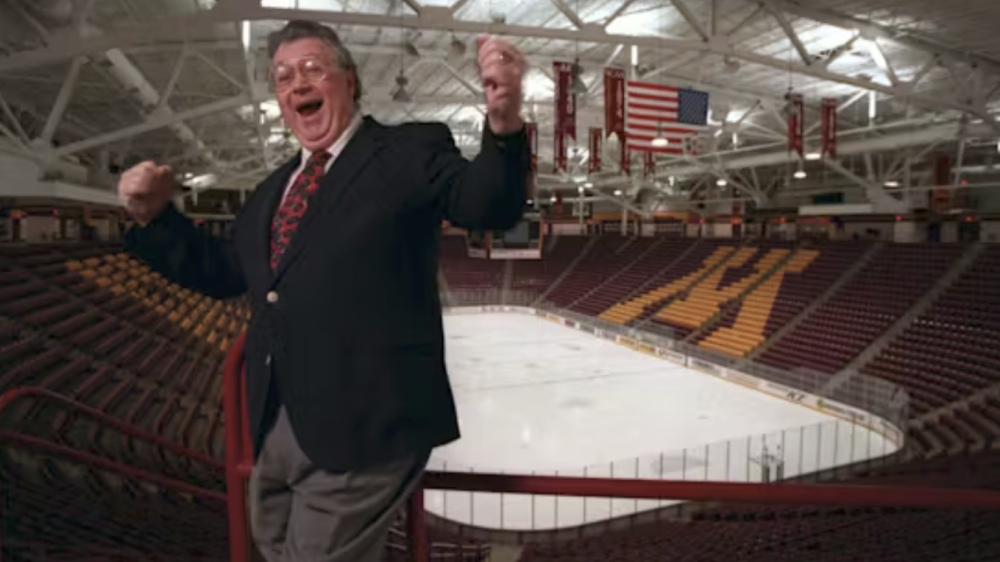Once upon a time, the regular ESPN ombudsman column was a must-read for anyone passionate about sports media. When ESPN gave birth to the role in 2005, it was a unique step for a sports network to take. But with ESPN’s growing monopoly over the sports world and sports media, the ombudsman column became an invaluable resource for the state of journalism at ESPN and as commentary for the wider sports media as a whole.
Former Washington Post editor George Solomon was named the first ESPN ombudsman in 2005 and by the time he departed in 2007, his farewell column addressed some of the larger issues at play with ESPN’s place in balancing its place in sports between journalism and business. In fact, it’s amazing to read Solomon’s reflections on his tenure at ESPN eleven years ago and see how relevant the same thoughts still are today.
After Solomon left the post, former New York Times sports editor Le Anne Schreiber took over the position. Her tenure was arguably the height of quality and relevancy for the ombudsman position at ESPN. Schreiber was never afraid to be critical of the network while tackling issues in a timely and meaningful fashion. Just take this column for instance about perceived bias and journalistic guidelines at the network that got everyone from John Skipper to Bill Simmons on the record.
Having a public editor has always been something that is a little counter-intuitive for a media company. Publishing work about your own company with a critical eye is something few media companies are willing to even consider with an extremely narrow sweet spot. If the public editor strays too negatively, then access may be turned off to the inner-workings of the company and the position can become irrelevant. If the editor leans too positively, then the position loses its bite and becomes nothing more than glorified public relations. A good public editor has to thread the needle between the two, offering constructive self-reflection and transparency for how a company can better reach its consumers and respond to them.
Even though the position had an influential run of success at ESPN with Solomon, Schreiber, and former TV executive Don Ohlmeyer, it saw a steady decline in importance in recent times. Therefore, ESPN’s decision to shut down its public editor position this week didn’t really come as a shock.
In its reasoning for bringing it to an end, ESPN cited similar moves by the New York Times and Washington Post to get rid of their own public editors and said that the position had “outlived its usefulness.” For those people who remember how important the work of Schreiber and others were, it was an unfortunate yet unsurprising turn of events given that Jim Brady’s tenure was more known for controversies on social media than the actual insights into ESPN.
But is it actually true that the position is the issue at hand here or is it the way that it was implemented at ESPN over the years?
A major setback for the credibility of the position came in 2011 when the Poynter Institute penned a one-sided column that was very favorable to ESPN and Craig James in the wake of the #FreeBruce controversy. It even led this website to write a column entitled, “We’ve Lost the Ombudsman.” After years of feeling like the ombudsman was representing the voice of sports fans in trying to reach ESPN, the roles suddenly seemed reversed. Instead, the column space was being used to further the voice of ESPN to reach sports fans. After promising to do it in writing, the Poynter Institute never pursued Craig James’ conflict of interests at the network and role in Bruce Feldman’s eventual departure from the network.
Acclaimed journalist Robert Lipsyte had an accomplished tenure as ESPN ombudsman from 2013-2015 after the Poynter Institute, but by the time he stepped into the role it seemed as if ESPN was just going through the motions with the position. It was then almost a year between appointments before Brady’s arrival and now after two more years, the position is no more.
Perhaps the most disappointing evaluation of what became of the ESPN ombudsman came from Lipsyte himself. Even though his work was appreciated by those who follow ESPN closely, he admitted that his tenure had little tangible impact on the network. Given the respect Lipsyte has earned over the years for his work in journalism, that’s a shame and a missed opportunity for ESPN. As is the dissolution of the position.
Perhaps the onus (and the blame if you want to call it that) is on ESPN for the public editor’s job losing its usefulness instead of there being an inherent issue with the position itself.
What honestly changed at ESPN from the time of Solomon and Schreiber to Brady? Did ESPN lose its appetite for self-criticism? Did the network no longer want to give its consumers a peek behind the curtain? Did the backlash to the Poynter-Feldman controversy lead ESPN to shy away from more critical commentary?
The core issue here goes back to ESPN’s defense of Poynter’s tenure back in 2012 after the ombudsman position fell under criticism. Does the network take a call for transparency and self-examination seriously or is it merely window dressing? If it’s the latter, than perhaps the network is better off getting rid of the position than keeping it if it’s ineffective and not inspiring tough conversations and real change.
But if it is indeed the former, than surely there’s still a place for a public editor at ESPN. Bristol is still the worldwide leader in sports, still one of the biggest media conglomerates in the world, and still facing more scrutiny for their practices and procedures than ever before.
With the launch of ESPN+, the changing leadership at the top, the forays into politics, the use of social media, and so so so many other issues swirling about the network, there is no better time for a public editor to open lines of communication between ESPN and its consumers.
ESPN may receive real-time feedback through blogs, social media, and other sources of information. The interest in sports media is at an all-time high (if it wasn’t, this website wouldn’t still be in existence after more than a decade). But even though outside entities can look at ESPN with a critical eye, they can’t produce the same access and insights a public editor can with their work. At its best, the public editor can provide a platform to get the toughest questions answered from the highest levels of the company. Hopefully ESPN takes the time after Brady’s tenure to take a second look at how the position can be beneficial both for its own sake and for the sake of its consumers.







